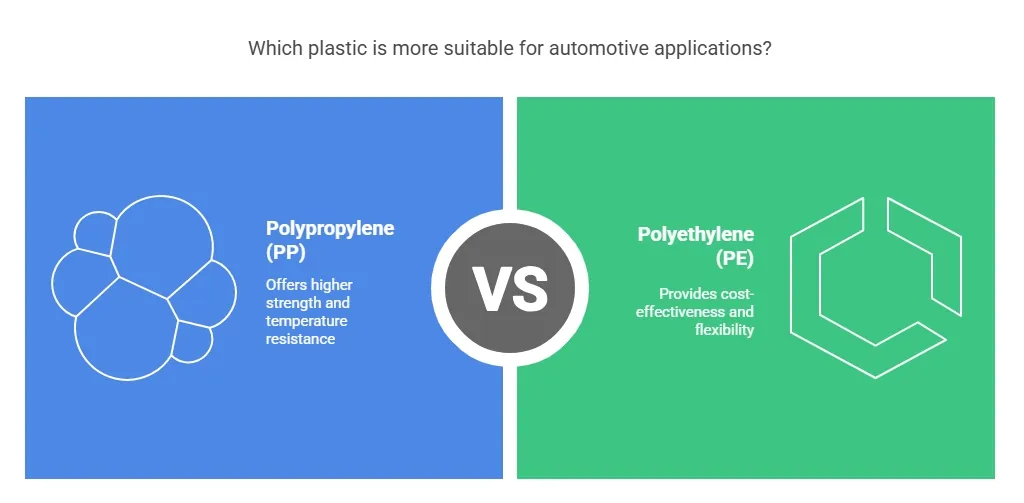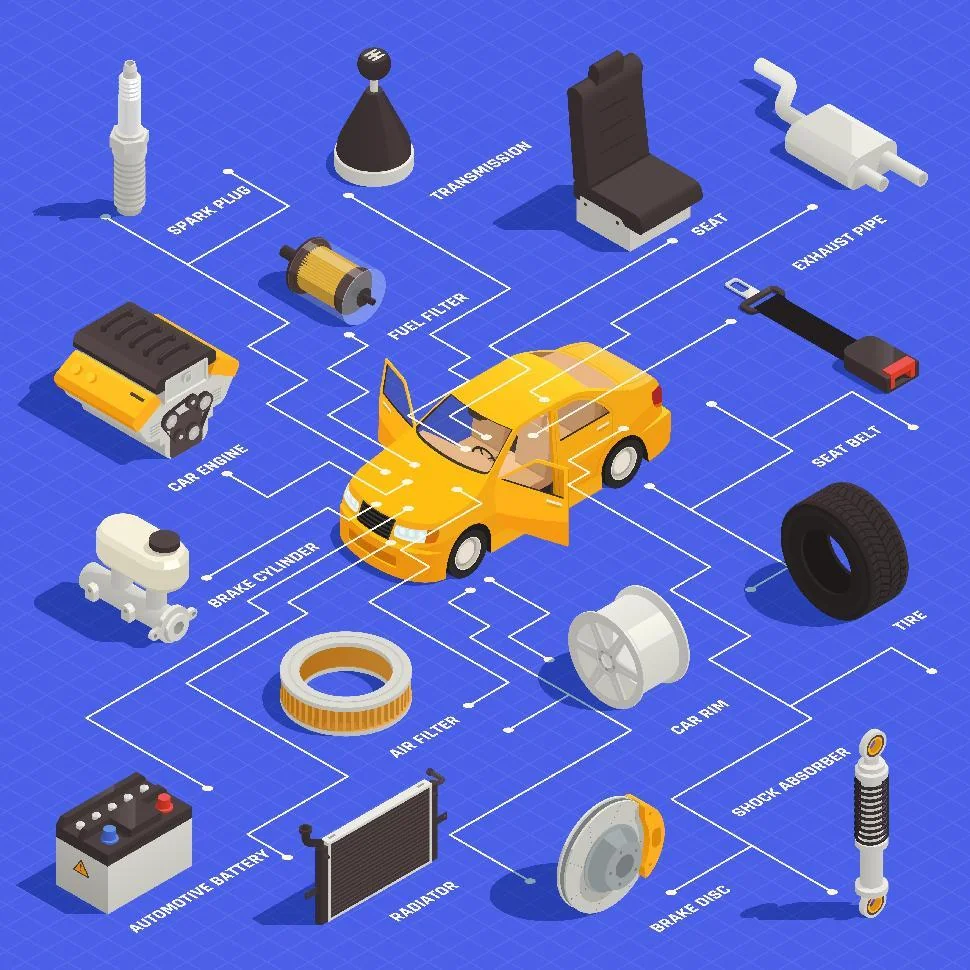When you are dealing with plastic injection molding projects, you have to put a great deal of thought into how your product will come to be. There is no single step that you can overlook for the hell of it. Manufacturing, as it’s conceived in these times, is one of the most precise sciences you can use to create anything out of scratch, and it should be used as such. The competitiveness among manufacturers is just as strong as the market you want to hit with your ideas.
There is a discipline known as “Design for manufacturing” (DFM) used for injection molding procedures. This method to create a product is actually an optimization of the initial designs of any molded parts to make it more cost-efficient while meeting the standards you expect out of your product. DFM takes into account every single aspect of the plastic injection molding project to offer the best version of your ideas at the best price.
DMF affects every stage of the project. From the mold designs to the proof of the quality of the finished part, it has proven to be one of the most efficient manufacturing methods that allow the back-and-forth that is necessary between the design and the mold to deliver a satisfying product. With DMF, the molten polymers that are fed through the nozzles of the manufacturing machine will flow like water on the sea. The finished product created will be the closest thing to model-perfect.
Table of Contents
ToggleThe Special Considerations of DFM and How They Affect Your Project
Design for manufacturing takes a lot of time to get it done right. Optimizing your procedures to create the best looking products demands a lot of logistics that can be pretty hard to coordinate. We can narrow it down to the main layers you need to cover when you are creating a product using plastic injection molding methods. In the following lines, we list several specifics that you need to handle with particular attention to detail:
· Choice of Material
One of the things about design for manufacturing is that it gives the designing team a great deal of control over the project. Depending on the type of contract, designers can overrule the choice of material of the client if they find something better to work with. Choosing the right polymer to work is on top of the list, and the case study of the project will determine the best plastic to suit the product.
· Cavity Vents
All manufacturing molds require vents to get rid of the air that is displaced during the flow of molten materials. Due to their properties, some cavities should be smaller than others in the mold. Regardless of the product, you will have to account for the possibilities of clogs and how to deal with them, as well as the opposite, which would be hard filling spots in the mold.
· Inside Wall Thickness
The walls of any plastic injection molding product can never be too thin. Otherwise, we risk part failure. On the other hand, if the walls of the part are too thin, it will make the product heavy, expensive, unappealing, and it will affect its overall functionality. Keep in mind that DFM is used for products that have to deal with specific properties. Such as the ability of the product to offer insulation or protection against outside elements.
· Outline Angle
For more accurate molded parts, you need a special outline angle on the movement of the mold to make sure you create a clearance each time it opens to release a finished piece. Deeper textures demand more outline with better finishes. You can prevent faulty measurements for walls by working with parallels outlines to keep everything where it should be. It may be a tad expensive on your end, but your product will be perfect.
· Undercuts
Every single dent, protrusion, or any other form of defect that affects the proper injection of the finished product by the mold is considered an undercut. They represent a fault in the design stage and a setback on any manufacturing project. Unless your product requires an undercut due to the nature of the design, you need to make sure to get rid of them in the planning stage.
· Mold Gates
The mold gates are the place where most of the action takes place since the runner systems take the molten material to the mold. If they have the right length, the flow of material will run just right. In this stage, everything is about measurements, so you need to make sure the numbers are doubled or triple checked to minimize any surface defects.
· Reinforcements
A few parts will need additional heftiness due to their unique design properties. This extra support is known as “reinforcements,” and they are used to make the product stronger. They are often preferred to making thicker walls on the product. They also are one of the best ways to reduce the stress of the part, but they need a lot of projection to find the right mounting points. It’s pretty tricky, but it can be done.







